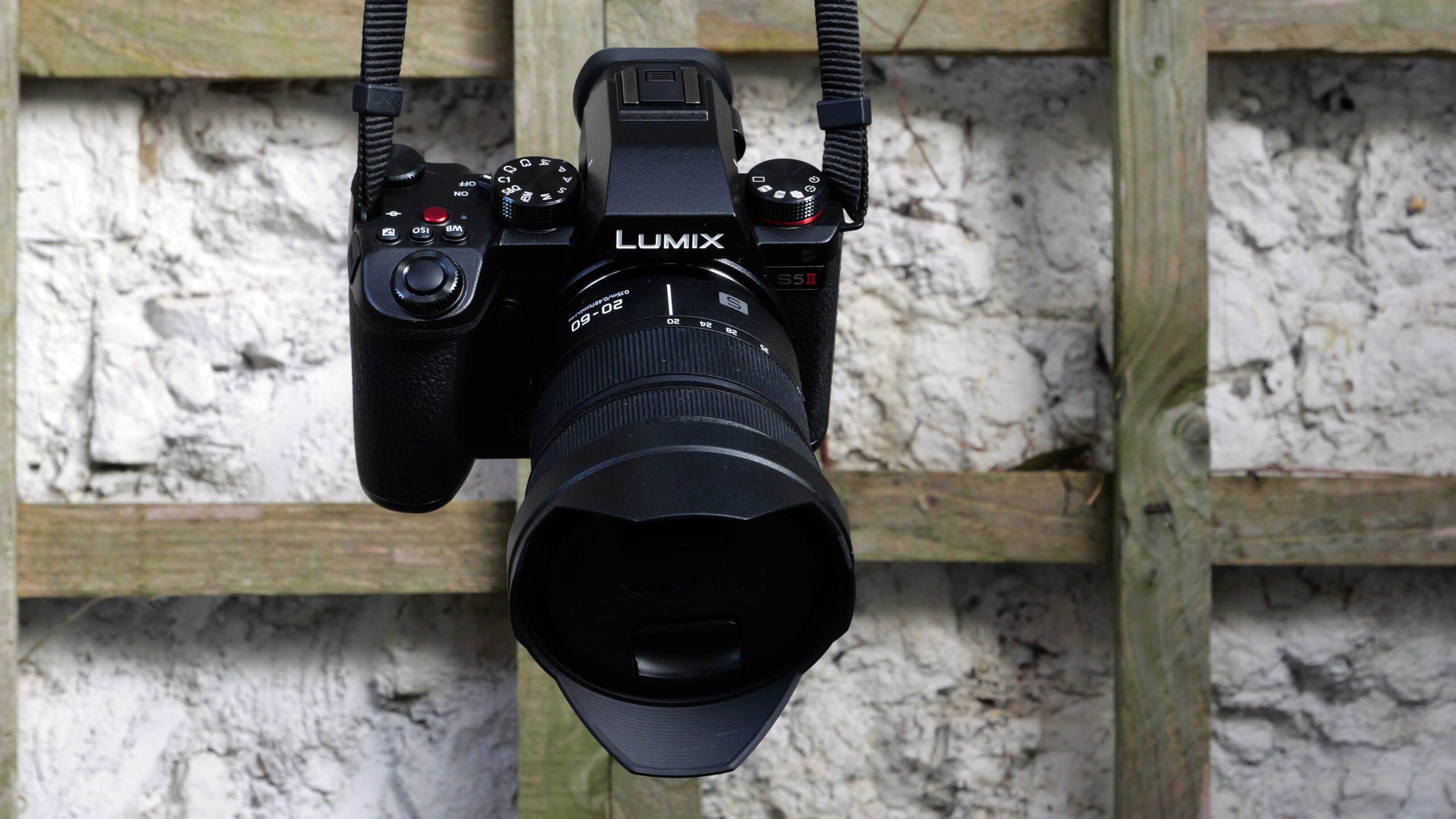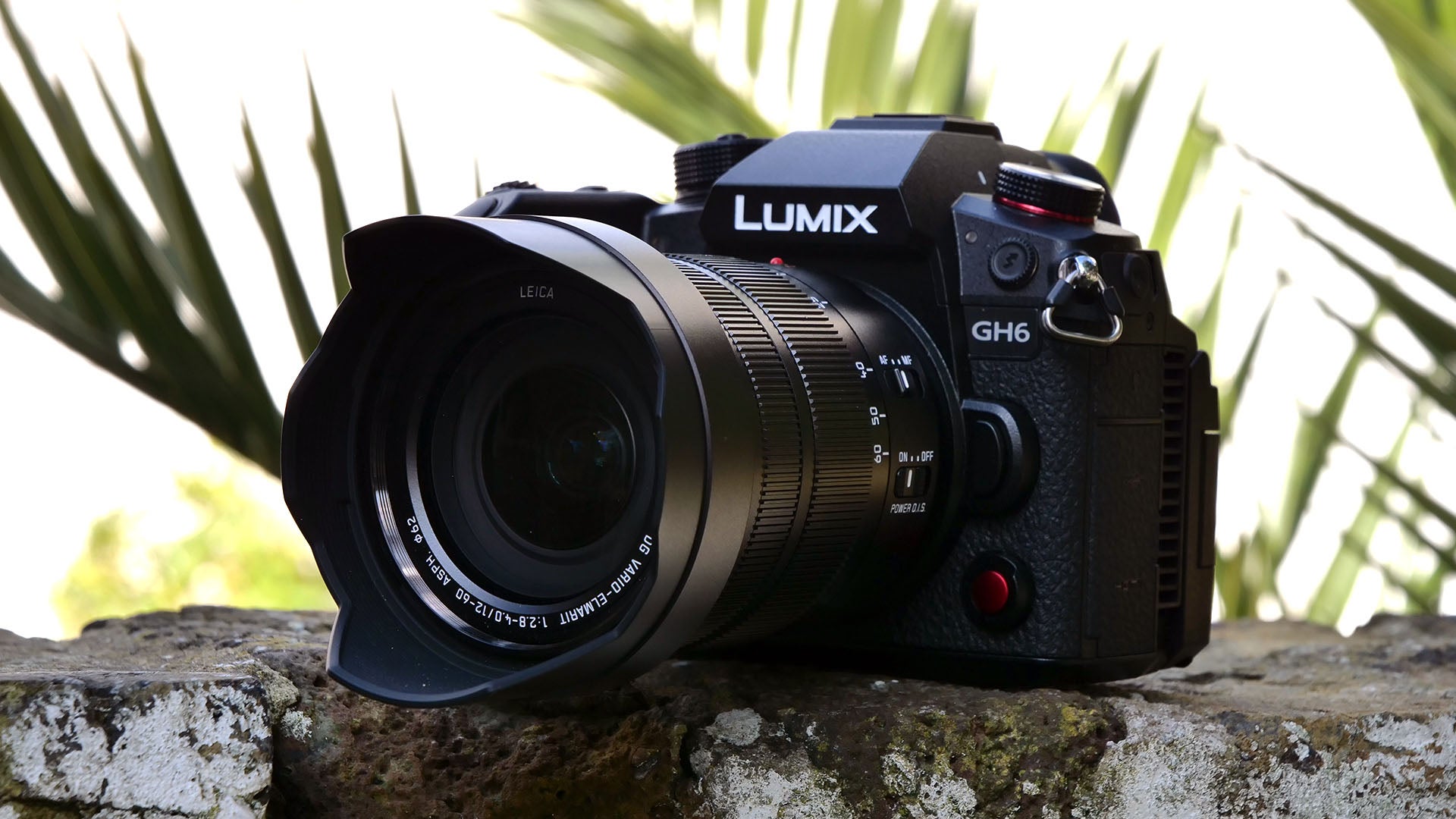What is a DSLR camera? Benefits and drawbacks explained
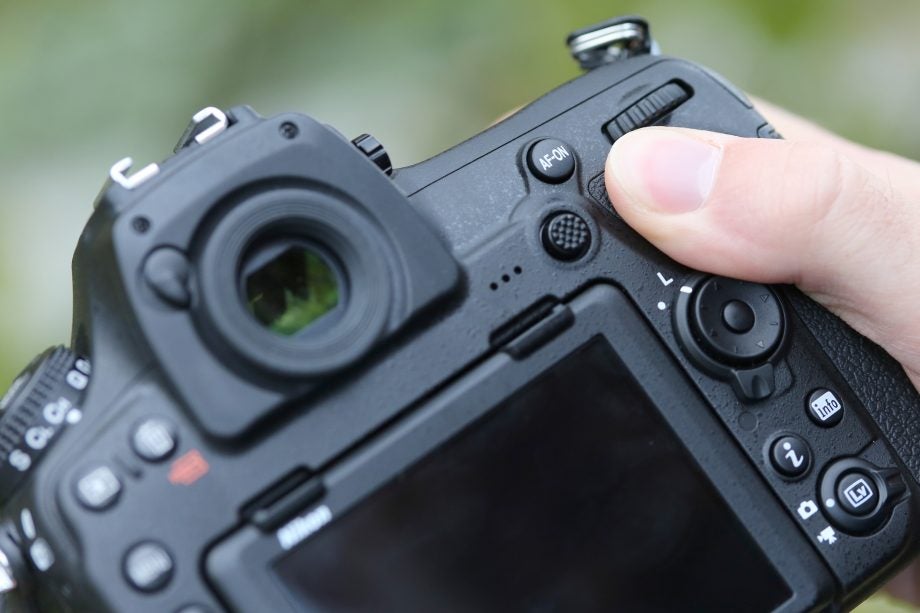
Whether you’re looking to pick up your first camera or are upgrading your photography kit, you’ve probably come across some great DSLR options.
But, how do DSLRs actually work, and what are the benefits of choosing one over the best mirrorless cameras around?
What is a DSLR camera?
DSLR stands for digital single-lens reflex camera. A DSLR is a camera that combines the mirroring mechanism found in more traditional, film-based SLR cameras with the advantages of a digital imaging sensor.
DSLRs work by using a mirror to reflect the light that comes through the lens up into the viewfinder so that photographers can see a preview of their image. When the user presses the shutter button, the mirror swings out of the way and that light is allowed to enter the digital sensor, thus capturing the image.
These image sensors can be full-frame to match the size of 35mm film or APS-C, which are smaller sensors with a reduced focal length (and often cheaper).
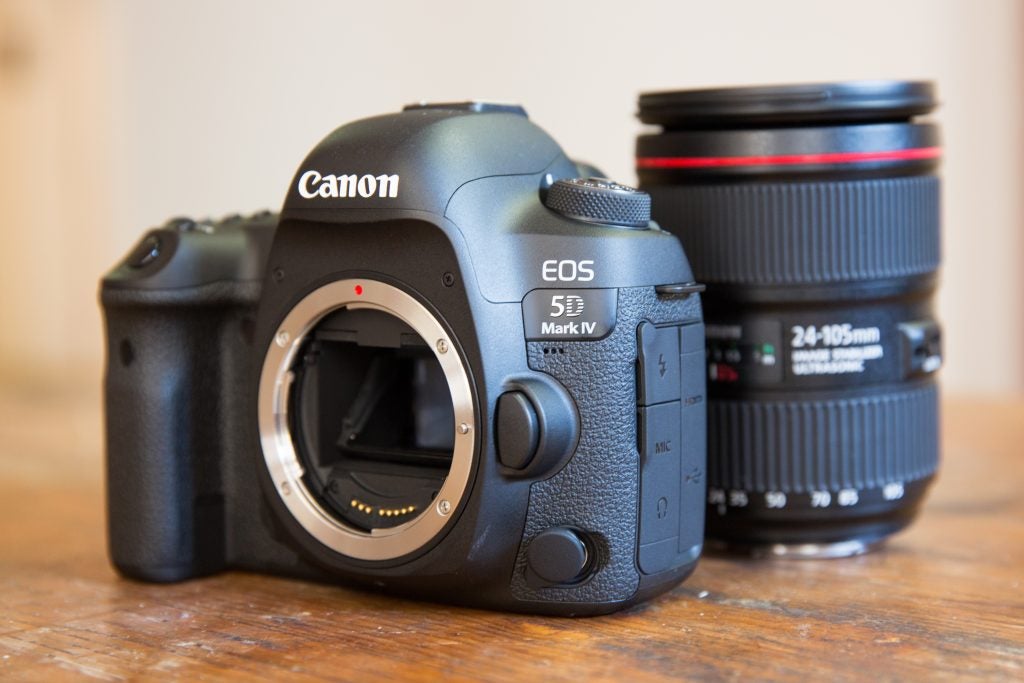
DSLRs also come with interchangeable lens mounts, allowing you to swap out your lenses depending on what subject you’re shooting and the effect you want to achieve.
At one point, DSLRs were an easy choice for photographers of any skill level, with cameras ranging from more affordable entry-level models to high-end professional ones. However, mirrorless cameras have advanced and presented tough competition thanks to their compact designs, speedy continuous shooting modes and often superior video resolutions.
That said, there are still benefits to picking a DSLR over a mirrorless camera, and many photographers continue to opt for DSLRs.
What are the benefits of using a DSLR?
Because DSLRs use mirrors to show a preview of your image, you know exactly what you’re getting. Cheaper mirrorless cameras can have lower-resolution viewfinders and the difference is more pronounced in low-light conditions.
DSLRs are also better than smartphones and compact cameras when it comes to low-light performance due to their larger sensors. Furthermore, the interchangeable lens mount makes them much more versatile than these cameras.
The battery life of DSLRs is often able to outlast that of mirrorless cameras due to the fact there are fewer electronic features – like the electronic viewfinder – to power. This means you can spend less time charging and switching out batteries and more time shooting.
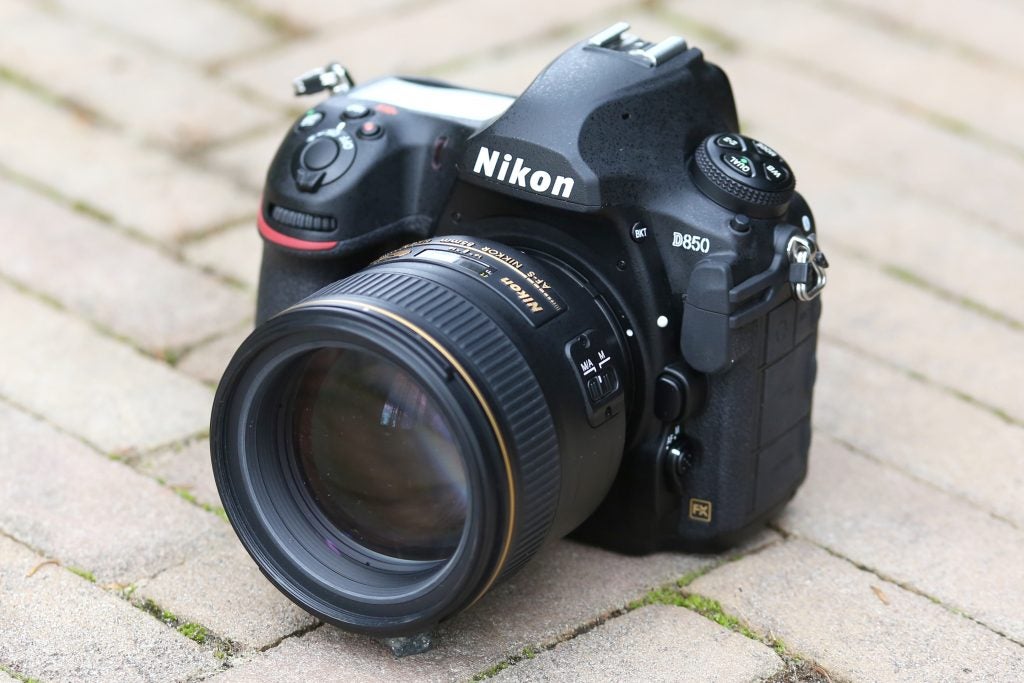
Autofocus can be better on DSLRs, but this very much depends on the model, as mirrorless cameras have been rapidly catching up in this regard.
Finally, if you’ve been shooting on a DSLR for a few years already, chances are you’ve established a decent collection of lenses. It’s worth remembering you’ll need to restart this from scratch if you move to mirrorless.
What are the drawbacks of using a DSLR?
So, why might you not want a DSLR?
Firstly, compared to smartphones and compact cameras, DSLRs are larger and more expensive. If you want something to keep in your pocket and aren’t overly bothered about photo quality, DSLRs (and mirrorless cameras) are pricey investments.
For professional and hobbyist photographers, there’s more of an argument for DSLRs and mirrorless cameras. However, the latter is quickly growing in popularity, meaning you might be more inclined to pick up a mirrorless camera than a DSLR in 2023.
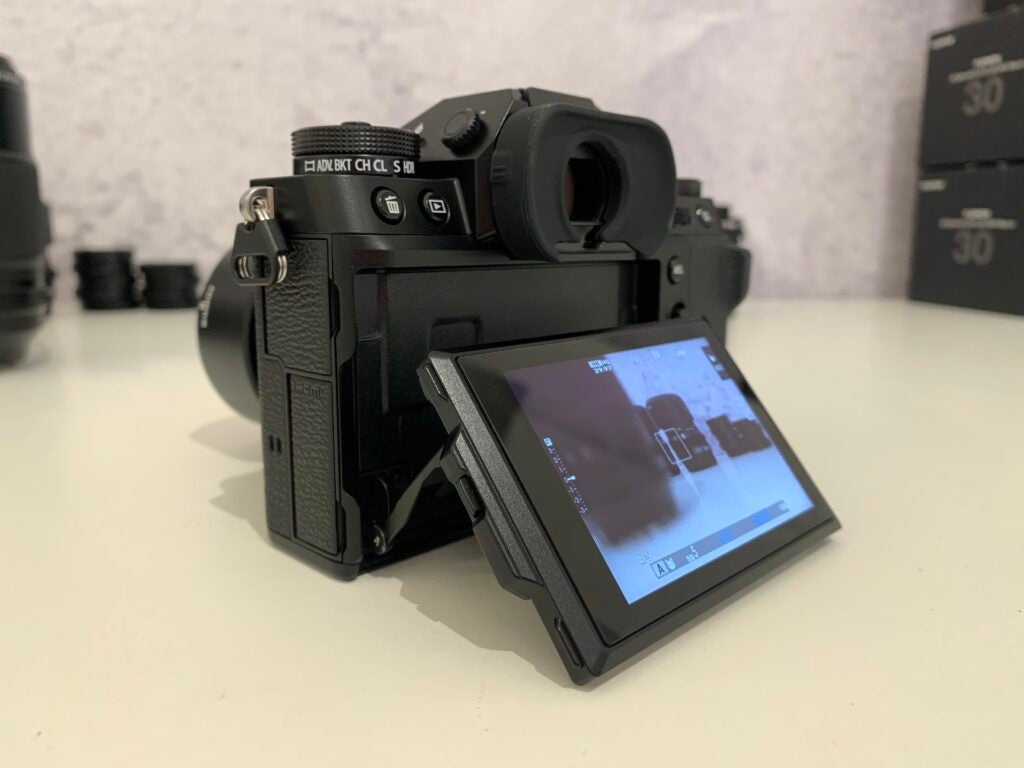
The lack of a mirror means that mirrorless cameras are usually smaller and more lightweight, and their often speedy mechanical and electronic shutters make it easier to photograph fast-moving subjects, like cars or animals.
While there are DSLRs that can shoot in 4K, mirrorless cameras are often better for hybrid users as they generally have higher video resolutions. Some, like the Nikon Z9, even extend to 8K.
If you’re still stuck between picking up a DSLR or a mirrorless camera make sure to check out our in-depth comparison of the two with our guide to mirrorless cameras vs DSLRs.



